NATO's statement, action plan and message at the recent Summit in Lithuania created aftershocks, increasing frustration during the record-breaking "peak heat" days of July.
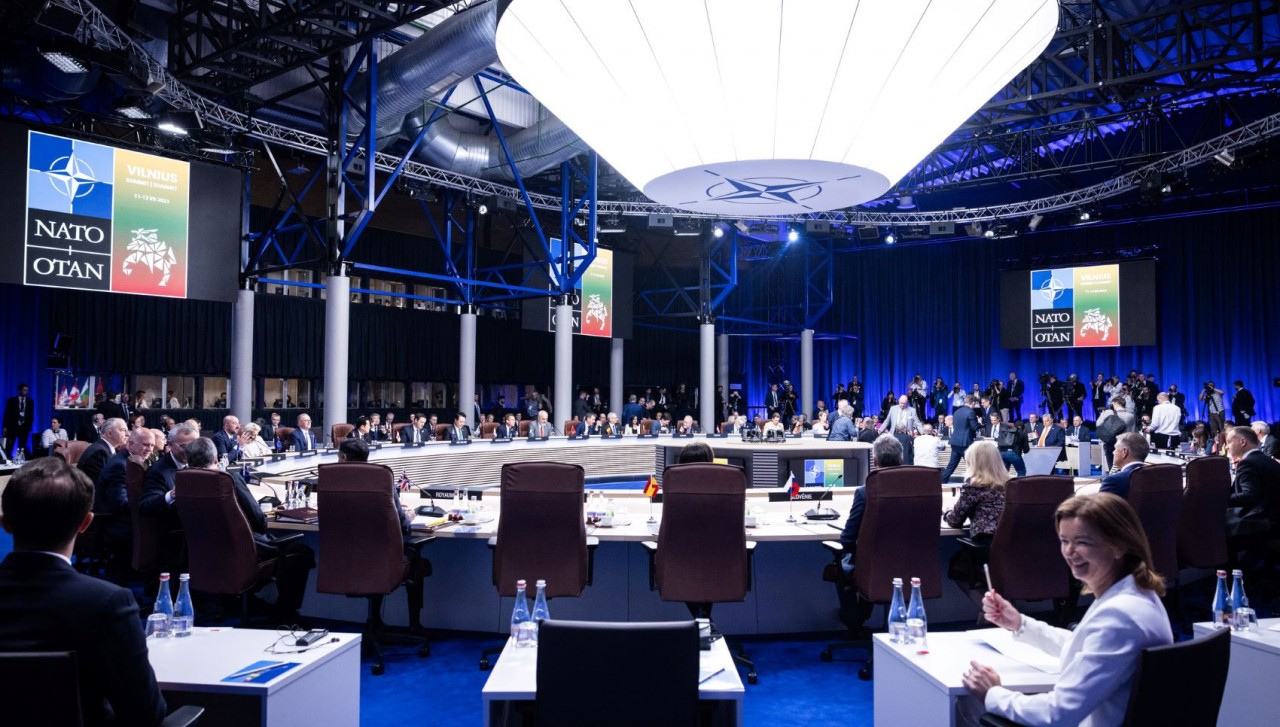 |
| Full picture of the NATO Summit in Vilnius, Lithuania. (Source: NATO) |
Insider Statements, Plans and Messages
NATO leaders discussed and adopted many important decisions on major and hot issues. Announcement on Ukraine's accession to the alliance, commitment to new security guarantees for Kiev and decision to admit Sweden. Adoption of the first comprehensive defense plan in decades. Reinforcement of commitment to increase defense spending to at least 2% of GDP; promote defense production in Europe. Expanding influence, strengthening NATO's relations with partners around the world.
The 2023 summit has important messages, according to NATO leaders.
First, NATO is united and has strong consensus, demonstrated in the declaration that “Ukraine’s future lies within NATO”, the establishment of the “NATO-Ukraine Council”, the combination of the Group of Seven (G7) and bilateral support from its members, etc., ensuring comprehensive security for Ukraine.
According to NATO officials, they have resolved the year-long impasse over Sweden’s accession and the long-standing divisions over Ukraine’s membership, removing the hurdle of the “Membership Action Plan,” bringing Kiev closer to the alliance. At the same time, NATO also showed a high level of consensus on many other important issues.
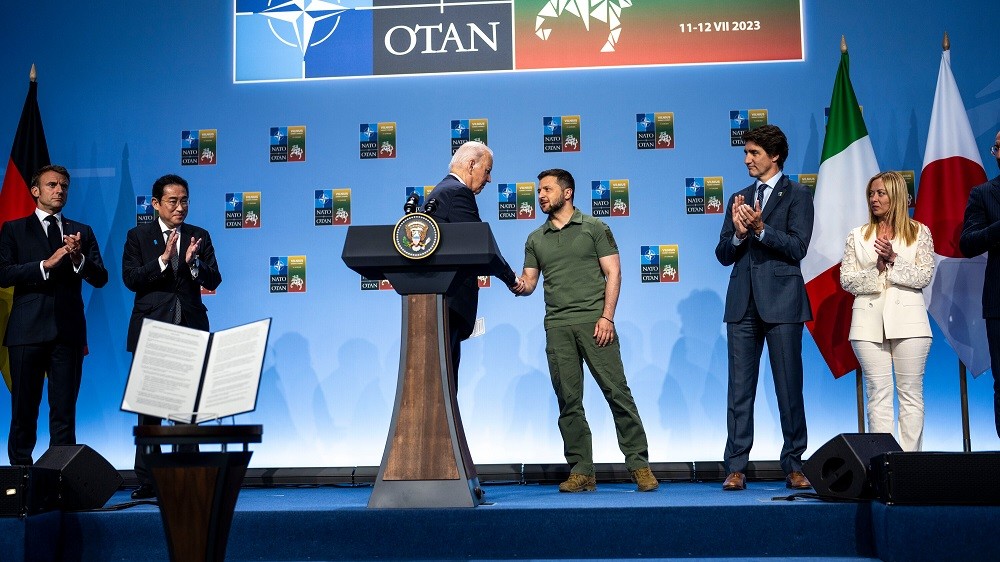 |
| Ukrainian President Volodymyr Zelensky and his US counterpart Joe Biden with leaders of several NATO countries. (Source: New York Times) |
Second, through the Comprehensive Defense Plan to enhance strength, create superiority, deterrence, and ensure security for allies and regions in all land, sea, air, and cyberspace environments. The main and first target of this plan is Russia, the “most direct and dangerous threat”.
NATO's 4,400-page plan includes many important contents, such as increasing the number of permanent combat forces in Europe by 7 times (from 40,000 to 300,000). On the basis of increasing the minimum defense spending level of 2% of GDP, ensuring the implementation of the new defense production action plan, accelerating joint procurement, enhancing the production capacity of weapons and equipment, and improving interoperability among members.
The new plan aims to overcome the shortcomings arising from the shortage of weapons and equipment by supporting Ukraine. At the same time, it meets new needs, ensuring the commitment to contribute 1,400 aircraft, 250 warships, submarines and many other modern weapons and equipment to the regular combat force.
The comprehensive defense plan aims to enhance NATO's strength, create superiority, deterrence, and freedom of action in the Europe-North Atlantic region; and at the same time be ready to meet requirements in other regions.
Third , go global, strengthen NATO's relations with partners, targeting Russia, China and other rivals. The alliance will promote its Look East policy, expand its presence, and increase its influence in the Asia-Pacific region, a region with an important geostrategic position. That strategic orientation is primarily aimed at containing and preventing China, an opponent that NATO identifies as a "systemic challenge" that is rising strongly.
On the sidelines of the Summit, NATO leaders met with leaders from Japan, South Korea, Australia, and New Zealand to strengthen and upgrade their partnership. It is expected that a NATO Representative Office will be established in Japan in 2024.
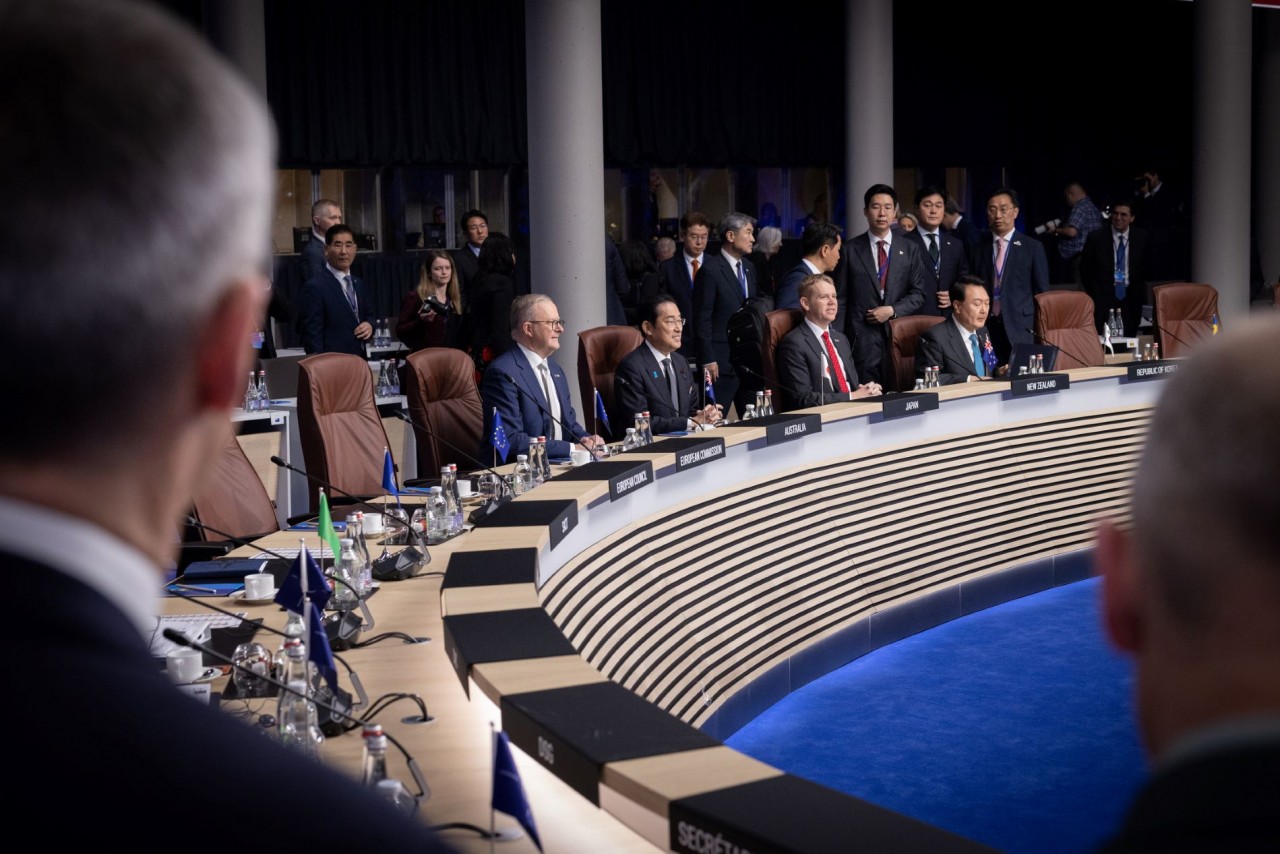 |
| Leaders of Australia, Japan, New Zealand and South Korea at the NATO Summit. (Source: NATO) |
At the same time, NATO exploits and promotes the effectiveness of existing structures such as the Quad including the US, Australia, Japan, and India; the AUKUS Security Partnership Treaty including Australia, the UK, and the US; and the Five Eyes Intelligence Alliance including the US, the UK, Australia, New Zealand, and Canada.
Fourth, affirm that NATO will not only continue to maintain but also expand, develop, and attract many other countries. This is the result of developing new members, approving the Comprehensive Defense Plan, adjusting the operating mechanism, and expanding NATO's area of operation.
Years of media campaigns, the conflict in Ukraine and the energy crisis have helped NATO successfully amplify the “direct, dangerous threat from Moscow”.
NATO leaders said that Finland and Sweden's abandonment of their neutral foreign policy and joining the NATO "security umbrella" demonstrated the alliance's attractiveness in the face of security challenges that threaten peace and stability in the Euro-Atlantic region.
Along with that are statements about challenges coming from the Asia-Pacific region. These are the "bases" for NATO to justify their continued maintenance, development and global outreach.
With those decisions, plans, and messages, NATO Secretary General Jens Stoltenberg optimistically declared that the 2023 Summit will be "historic"!
Other perspectives
Not everyone agrees with the views, statements and plans of NATO leaders. According to experts, two main issues have emerged.
First , NATO's strong statements about consensus do not obscure the alliance's differences, contradictions, and existence.
The announcement that Ukraine would join NATO if it met all the conditions only temporarily filled the gap between the alliance members. There is still a difference between the two main views of the two groups of countries: early accession of Ukraine and “it is not yet time for Kiev to become a member of NATO”. Similar statements about Ukraine’s future were made in 2008, at the NATO Summit in Hungary. After 15 years, the deadlock has not been resolved.
Public opinion believes that NATO's statement is still vague, without a specific timeline and details on the necessary and sufficient conditions for Ukraine to be admitted. In fact, NATO is concerned that admitting Ukraine will trigger Article 5 of the Mutual Defense Treaty, leading to the risk of direct conflict with Russia. If it does not provide weapons, Ukraine will fail, NATO will lose its "card" against Russia. Continuing to provide weapons will likely prolong the conflict and Ukraine's admission date will still be far away.
The Comprehensive Defense Plan and the increase in defense spending to at least 2% of GDP have been approved. In fact, in recent years, implementation is not simple and will encounter many specific problems. The spending target of 2% of GDP was proposed in 2014, but many members have not implemented it. Faced with the risk of economic recession and strong reactions from Russia and China, some members will find ways to "circumvent the law".
The plan to set up a NATO representative office in Japan in 2024 has been opposed by France and is at risk of being shelved. Similar problems will arise when promoting the Look East policy in the Asia-Pacific.
Obviously, there are reasons to doubt the strong consensus as declared by NATO. There are still calculations among members for their own national interests. Strong reactions from Russia, China, as well as concerns from the international community will deepen the conflicts and differences within the alliance. Experts believe that this situation is a long-term problem that is difficult to solve for NATO.
Second, the international community is concerned about the negative impact of NATO’s statements, commitments and action plans. NATO’s increase in its standing force to 300,000 and its proposal to deploy troops, possibly nuclear weapons, on the territory of new members, the abrogation of the 1997 agreement between the alliance and Russia, and the deactivation of the last “safety valves” are fueling the arms race and the deployment of nuclear weapons in the region and globally.
NATO’s actions have increased tensions, pushing confrontation to an extremely dangerous level. The conflict in Ukraine and the instability of European security are becoming more difficult to control and resolve. Some experts have commented that NATO does not care about the multifaceted impacts of its decisions on the region and the world; forcing the Western people in general, and Ukraine in particular, to pay the price for the alliance’s actions.
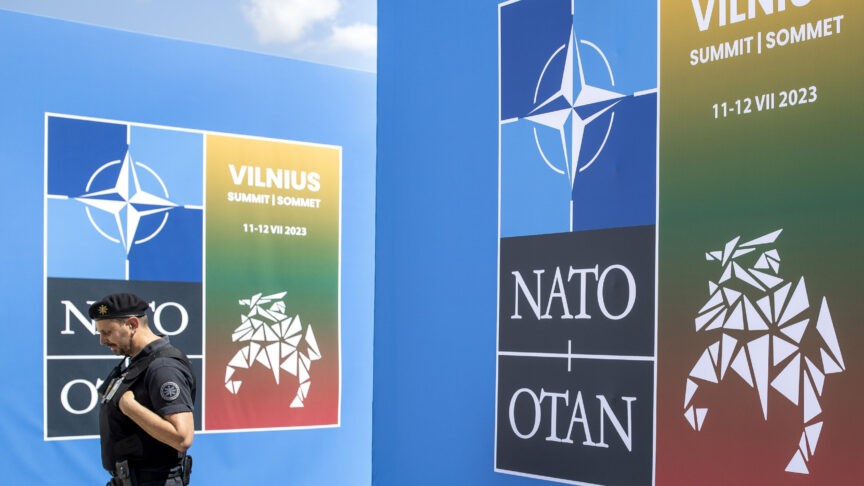 |
| NATO Secretary General Jens Stoltenberg optimistically declared that the 2023 Summit will be “historic”. (Source: AP) |
Chinese diplomats oppose any efforts to expand NATO's presence and influence in the Asia-Pacific region, which would increase tensions in the region. China has said that any action that endangers its legitimate rights and interests will be met with a resolute response. China's military and economic strength and response capabilities are things that NATO cannot ignore.
The Russian Foreign Ministry assessed that the decisions at the Summit demonstrated NATO's return to Cold War-era plans. Russia will assess challenges and threats to respond promptly and appropriately, using all available means, capabilities and measures. Russia will continue to produce and equip modern weapons, strengthen its army, improve its defense capabilities; and strengthen cooperation with partners in the Shanghai Cooperation Organization (SCO) and the BRICS group of emerging economies.
The current context has changed, the balance of power forces forces the parties to consider carefully before making decisions, especially the use of nuclear weapons. Escalating tensions to dangerous levels, the viewpoint of preemptive nuclear strikes against the opponent can lead to strategic miscalculations, actions with unpredictable consequences for the region and the world.
Source


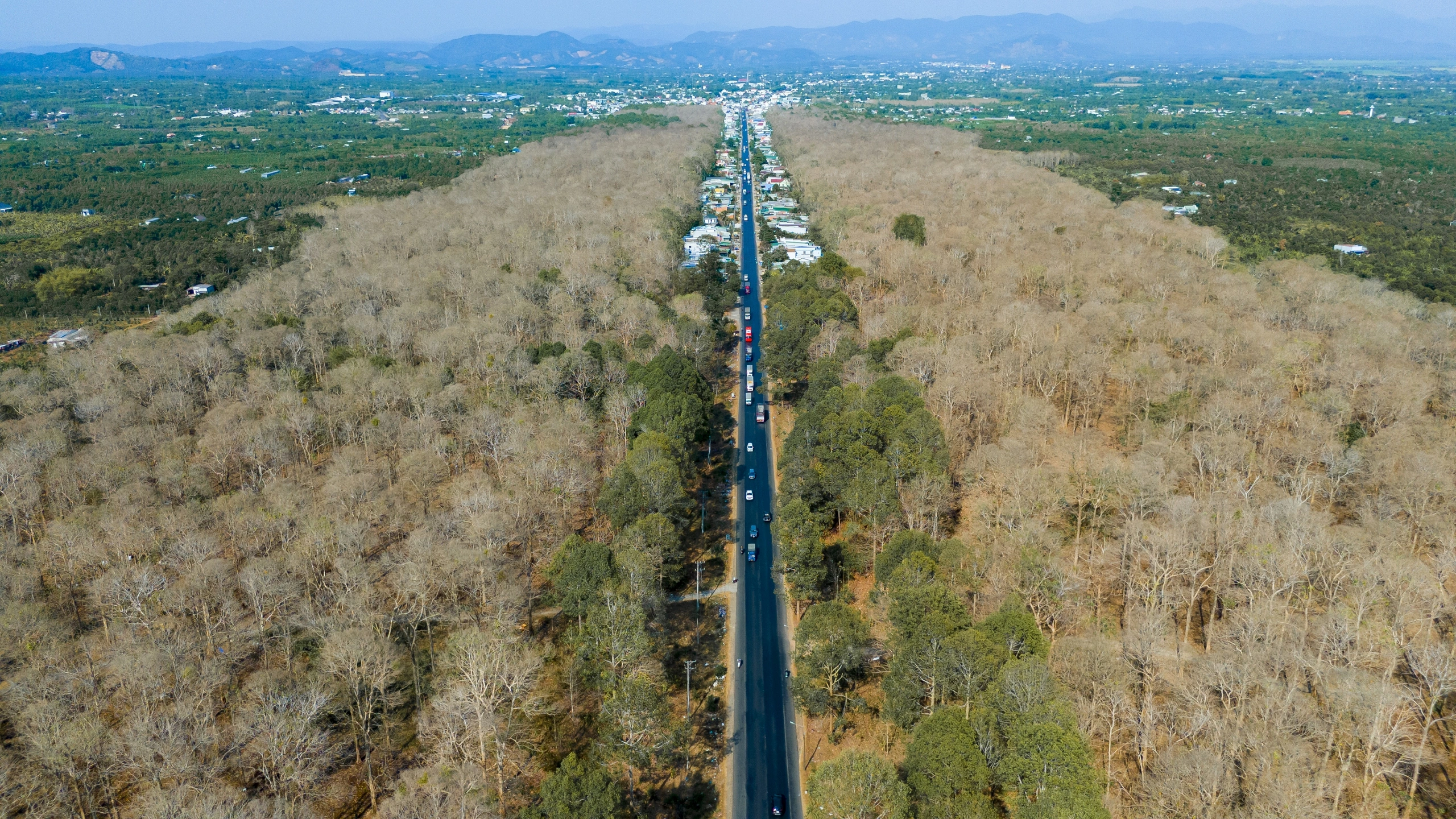






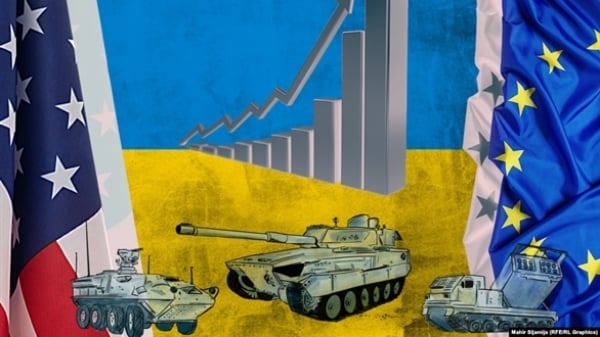
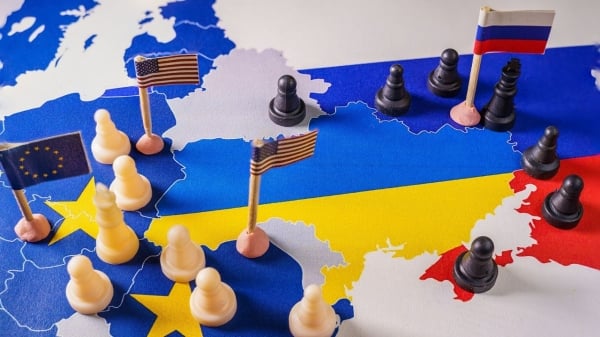
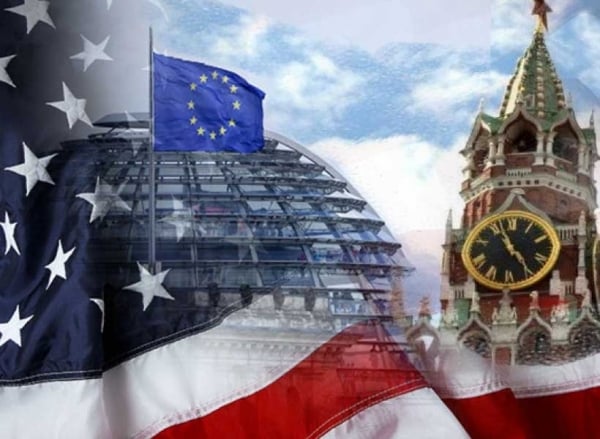
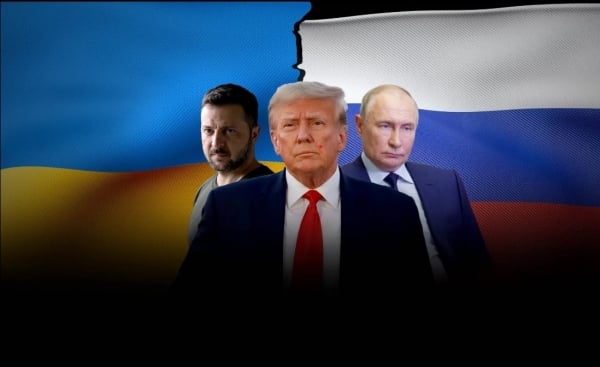
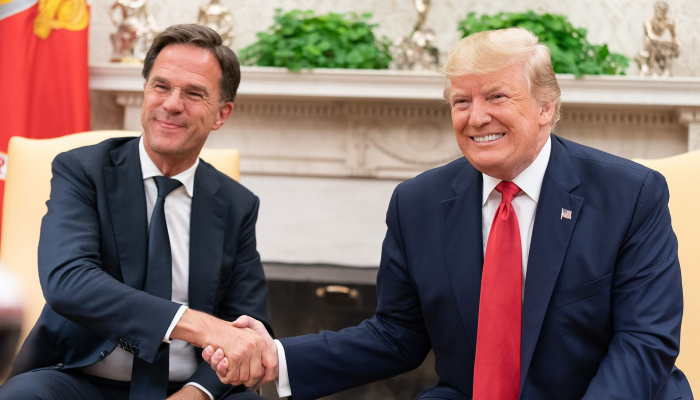

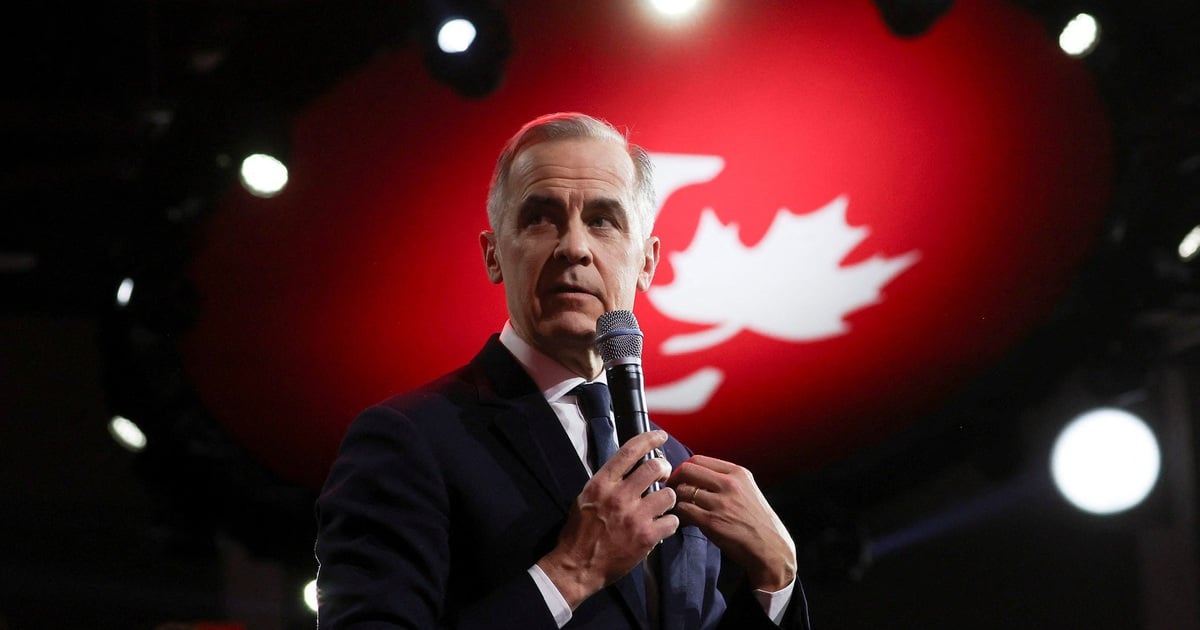

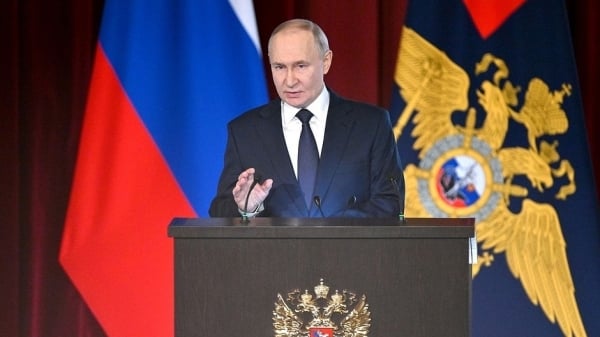
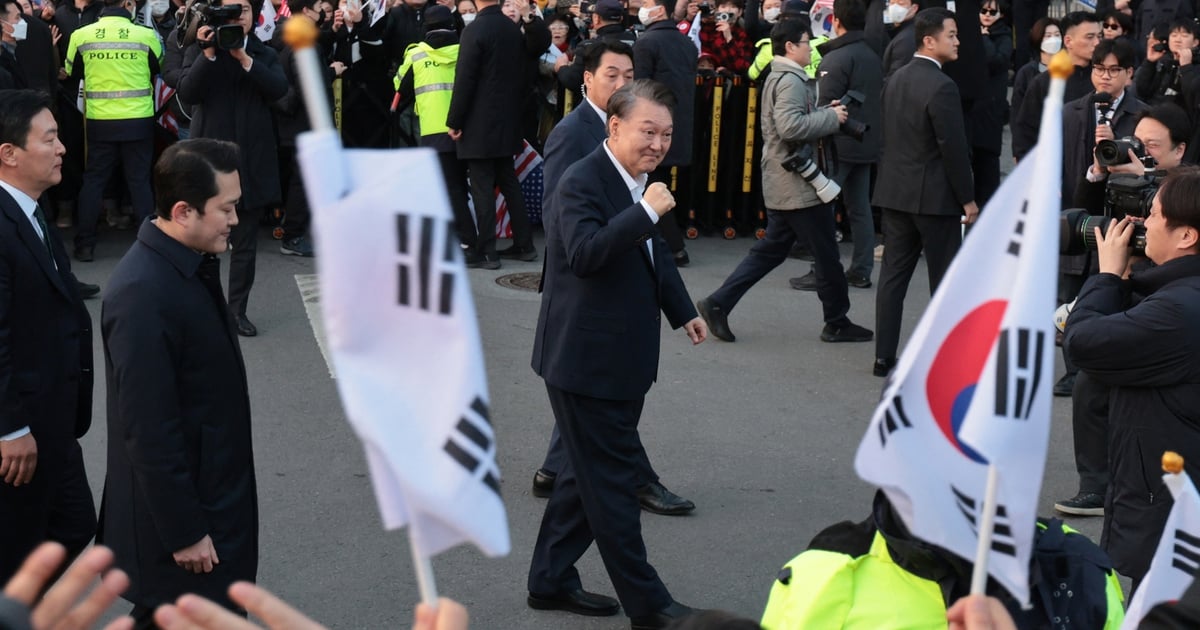
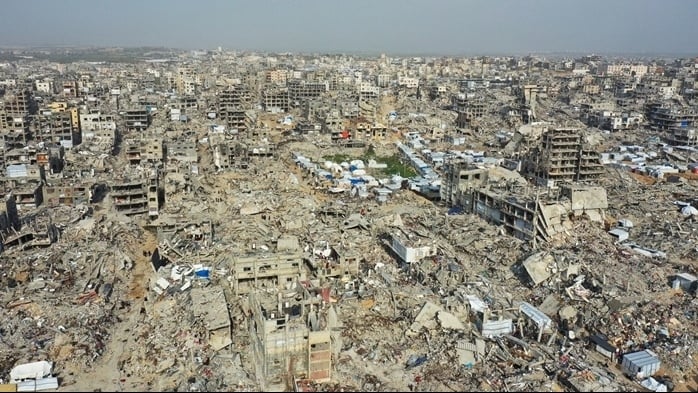
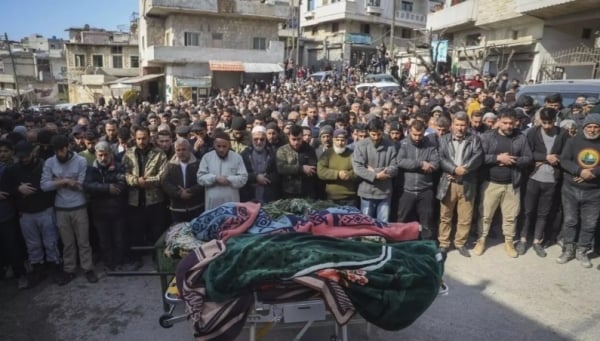
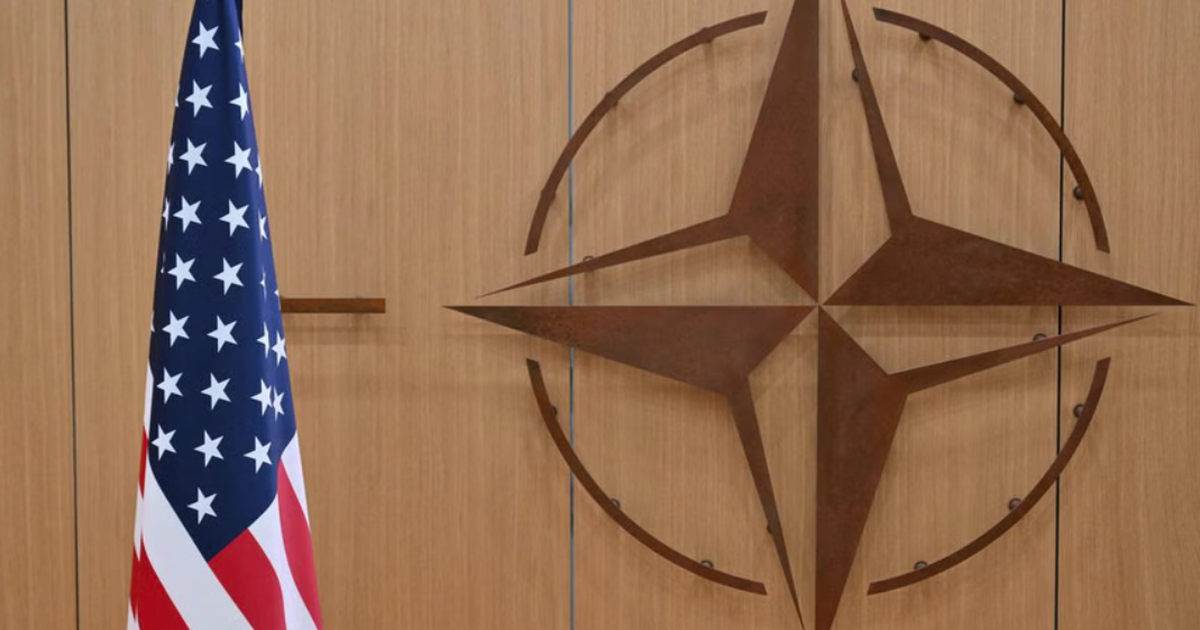
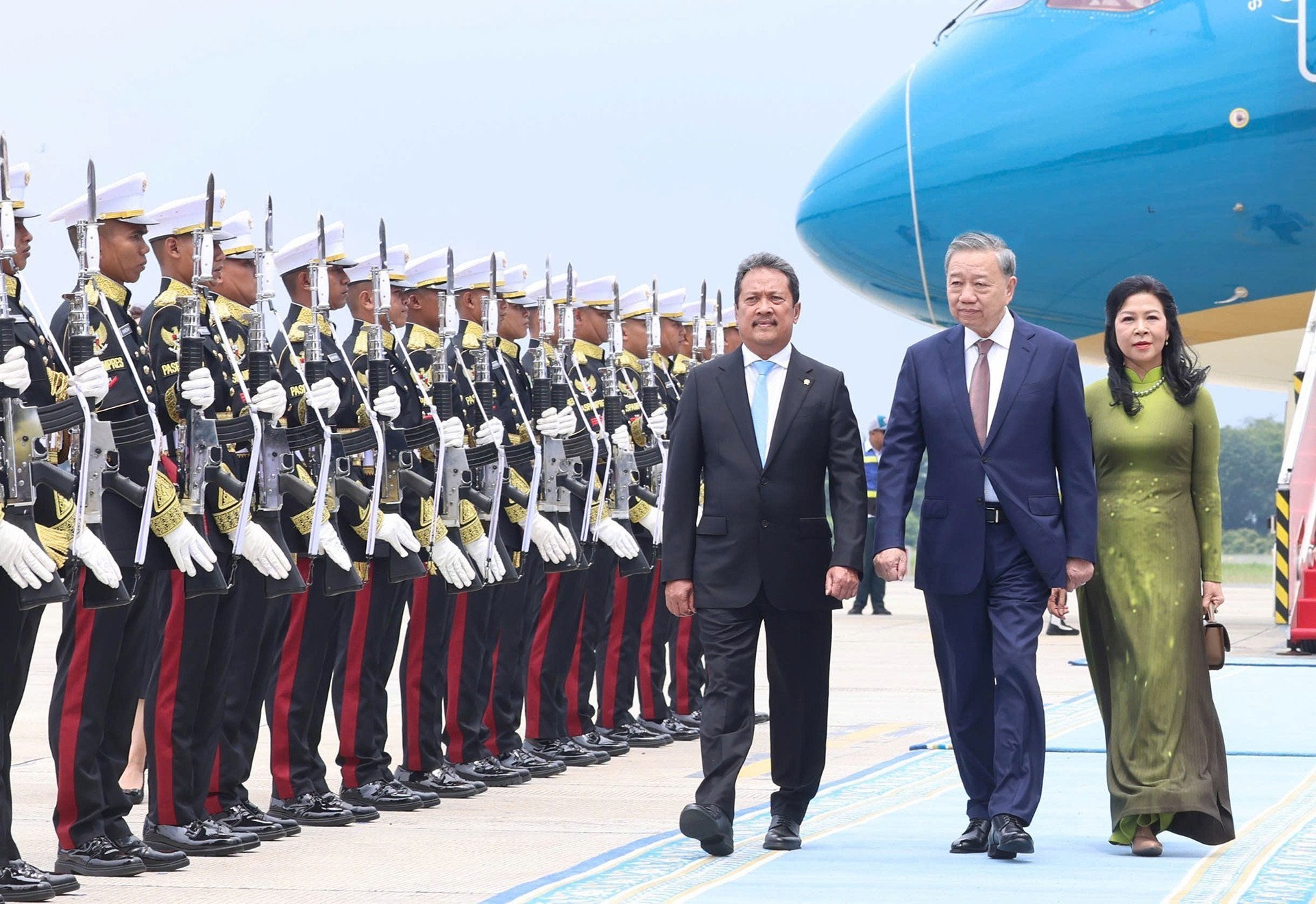
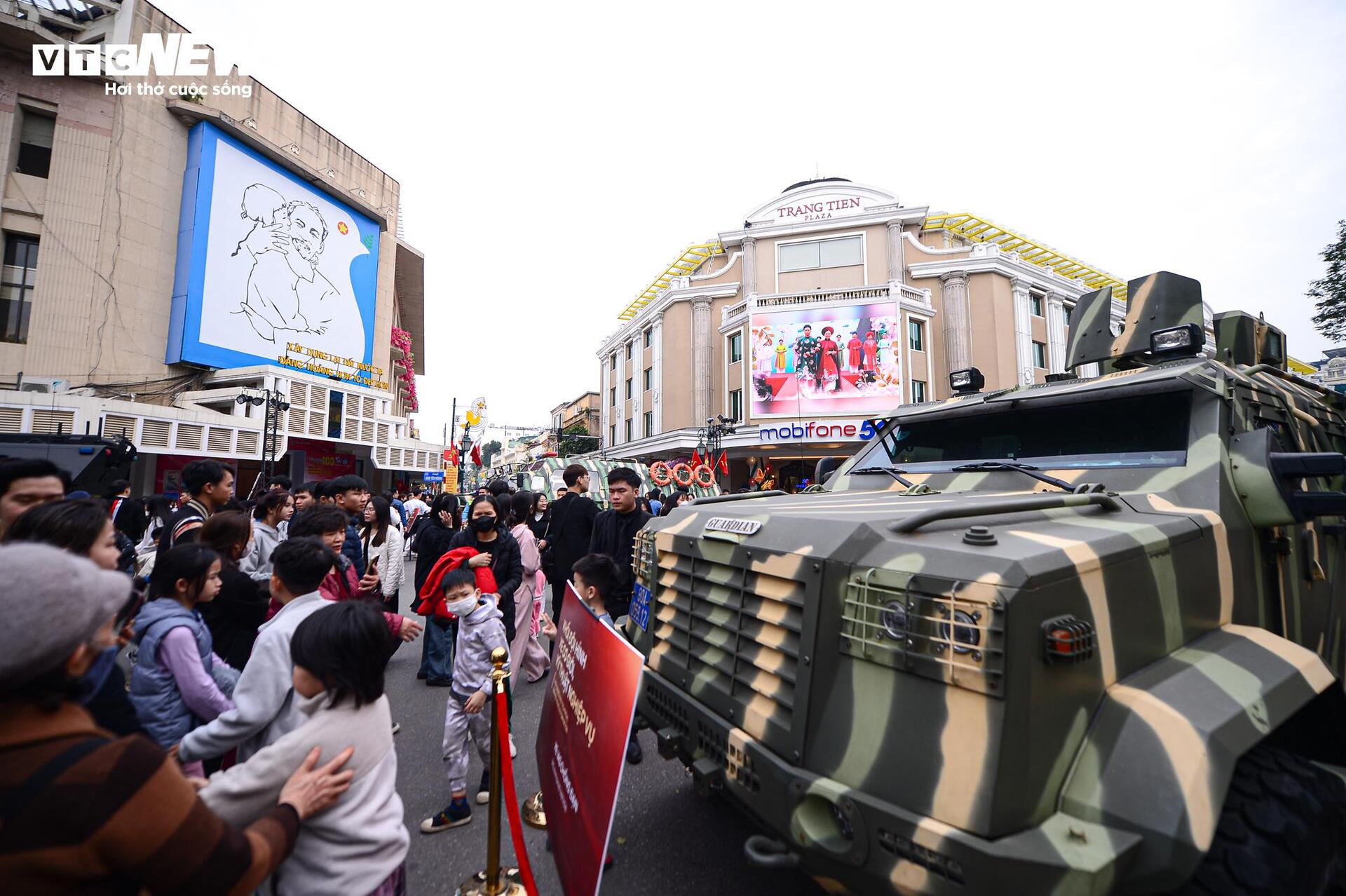
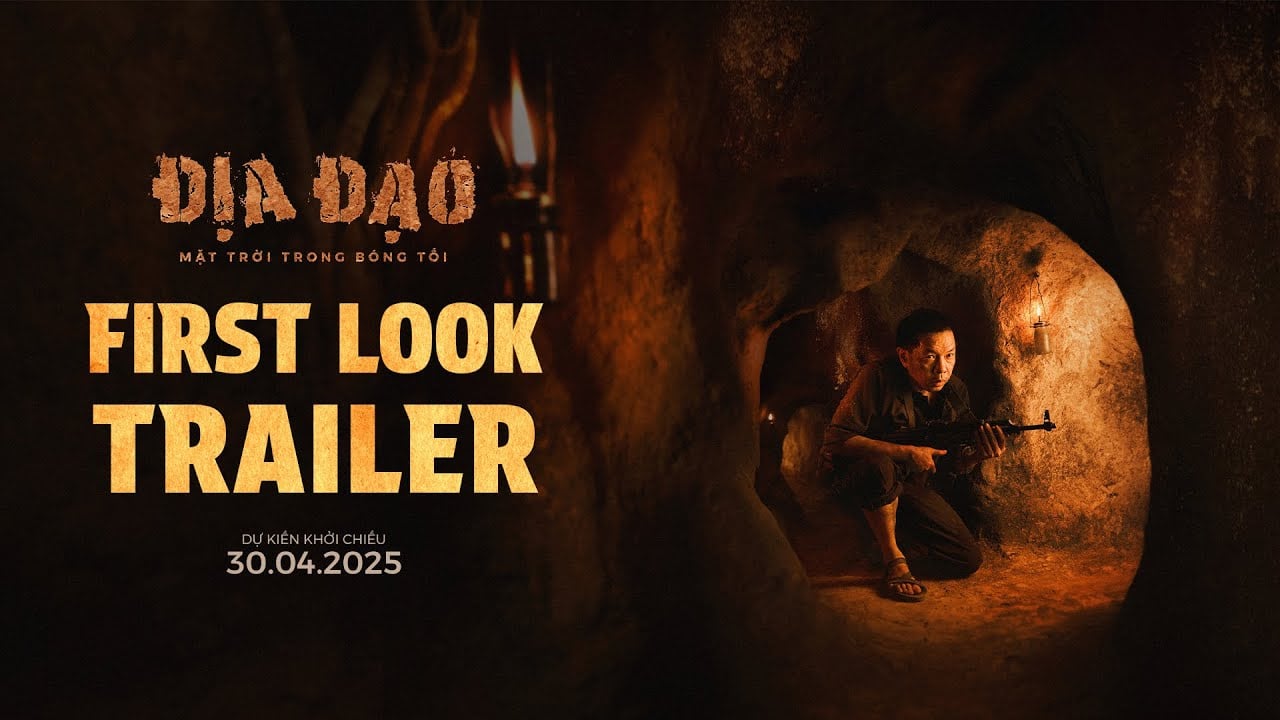
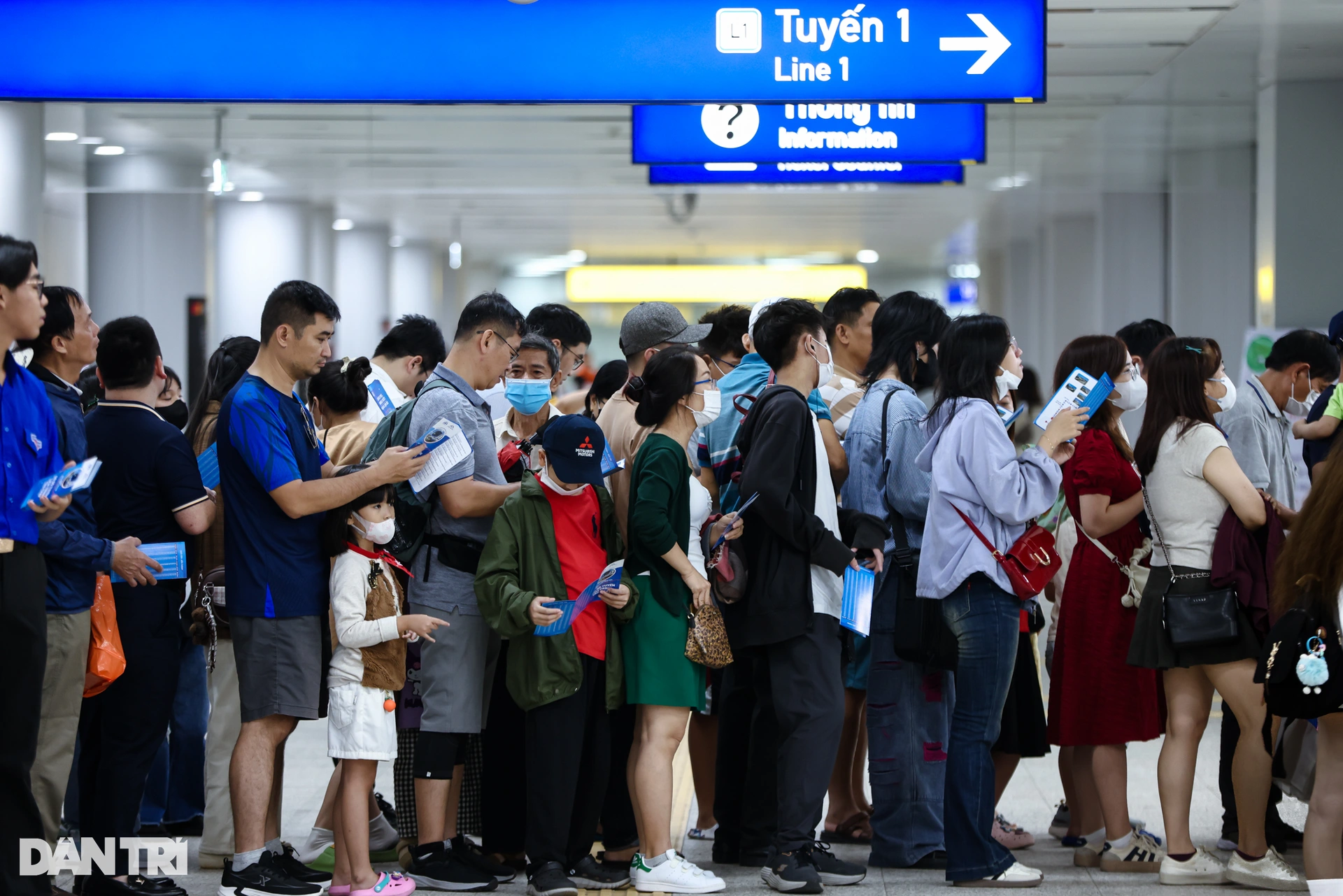
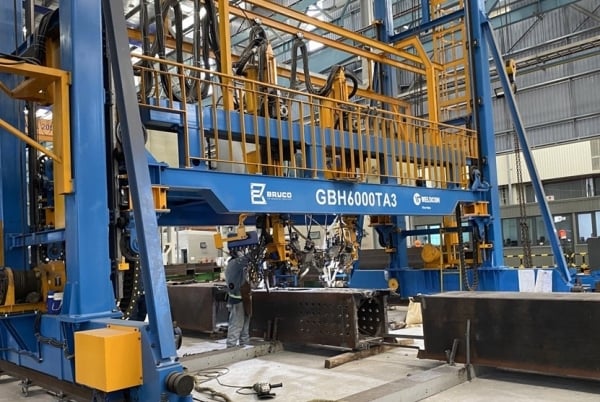
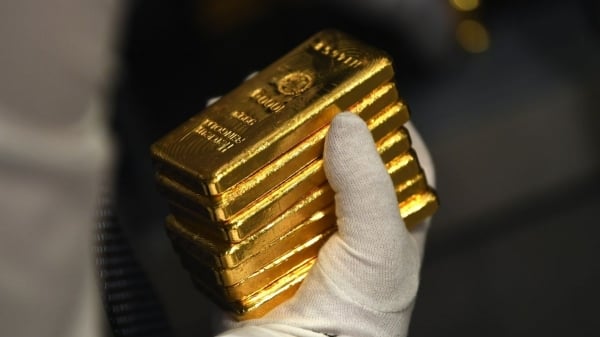

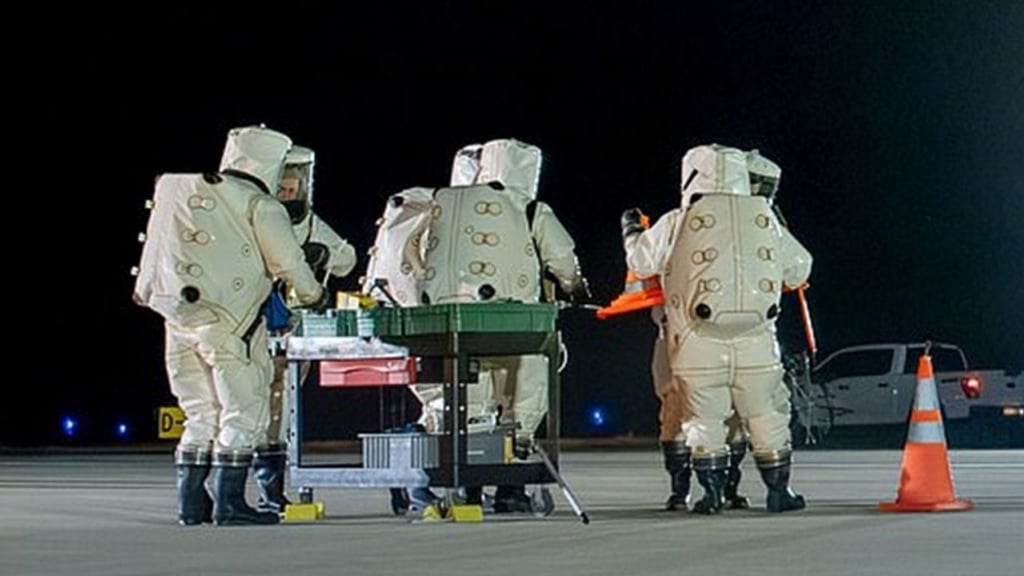




















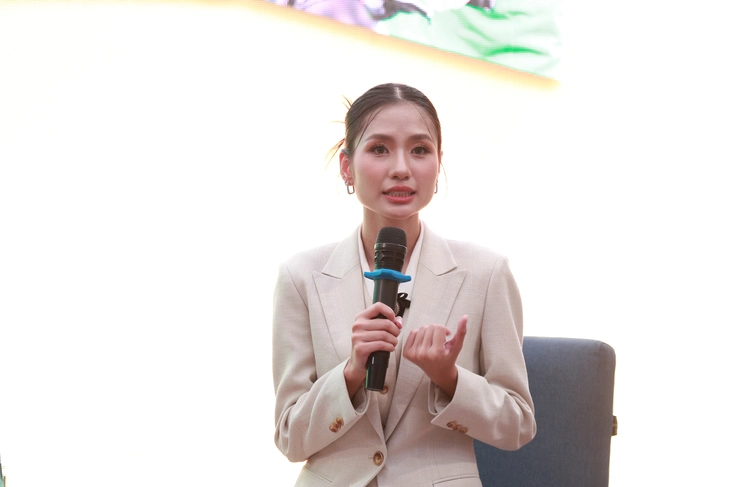



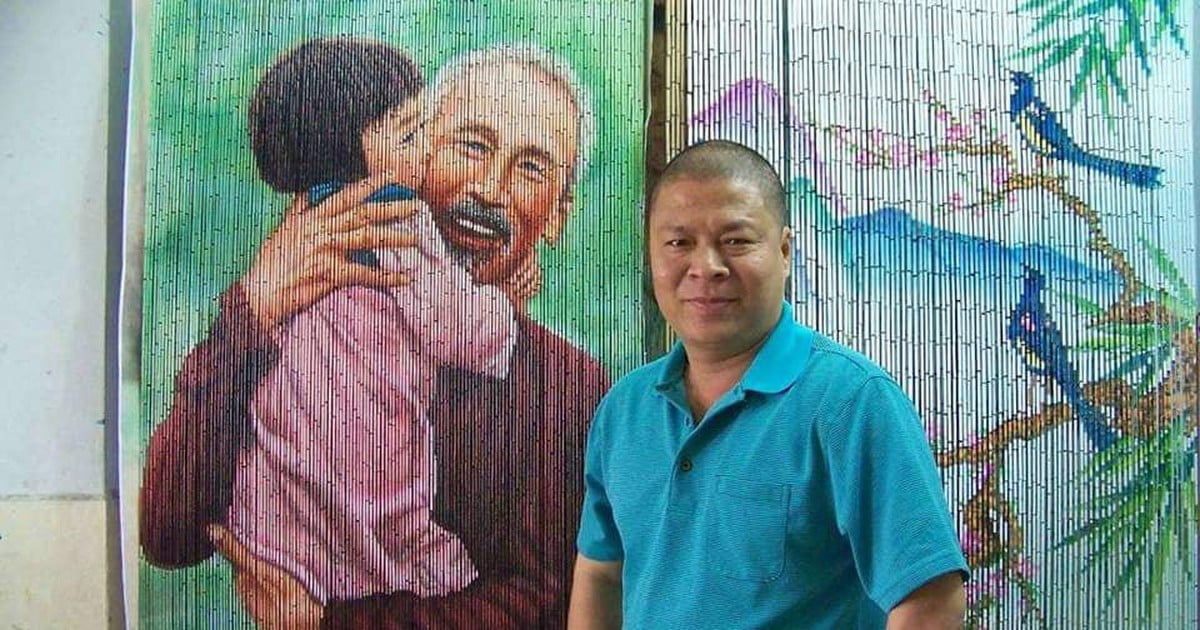







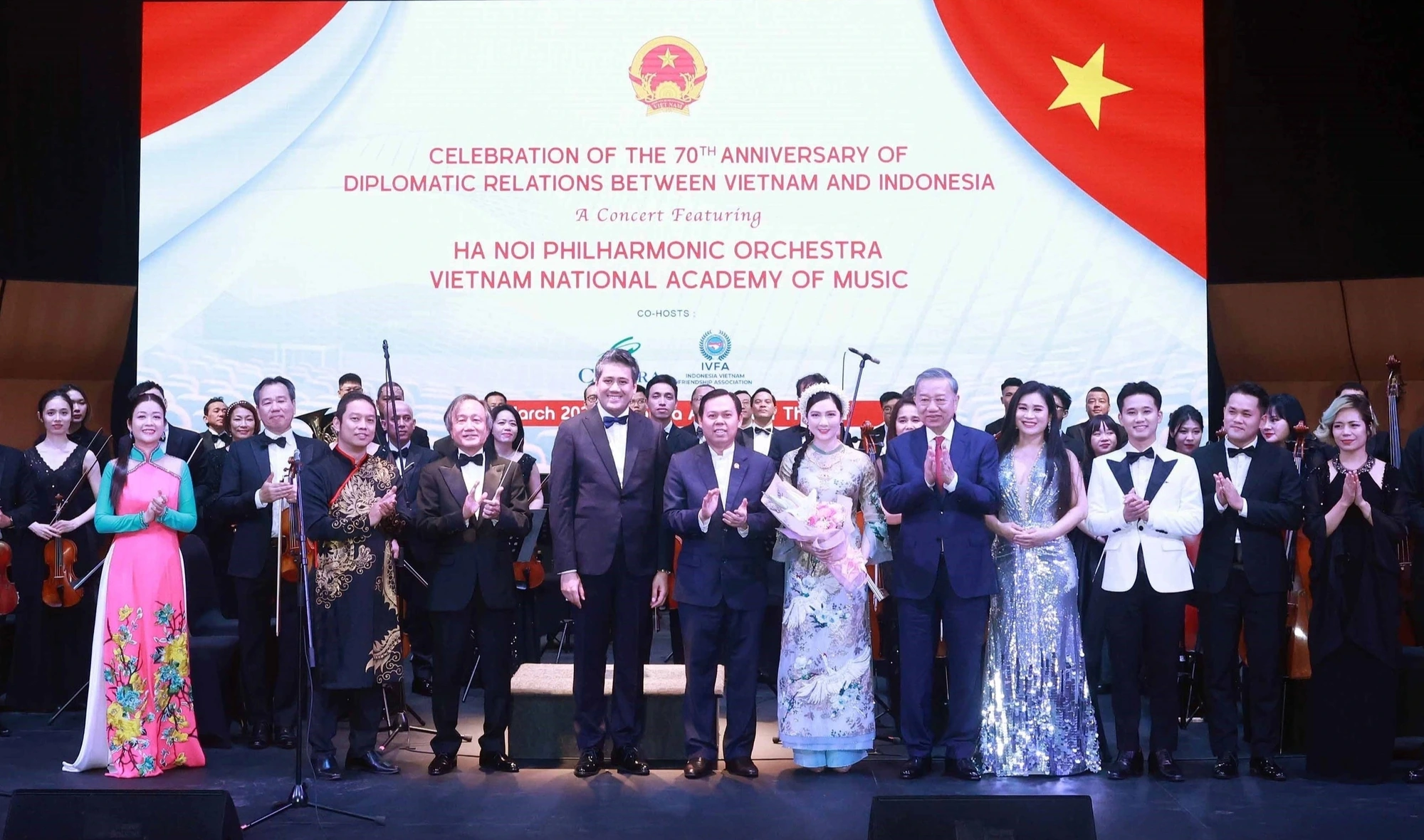
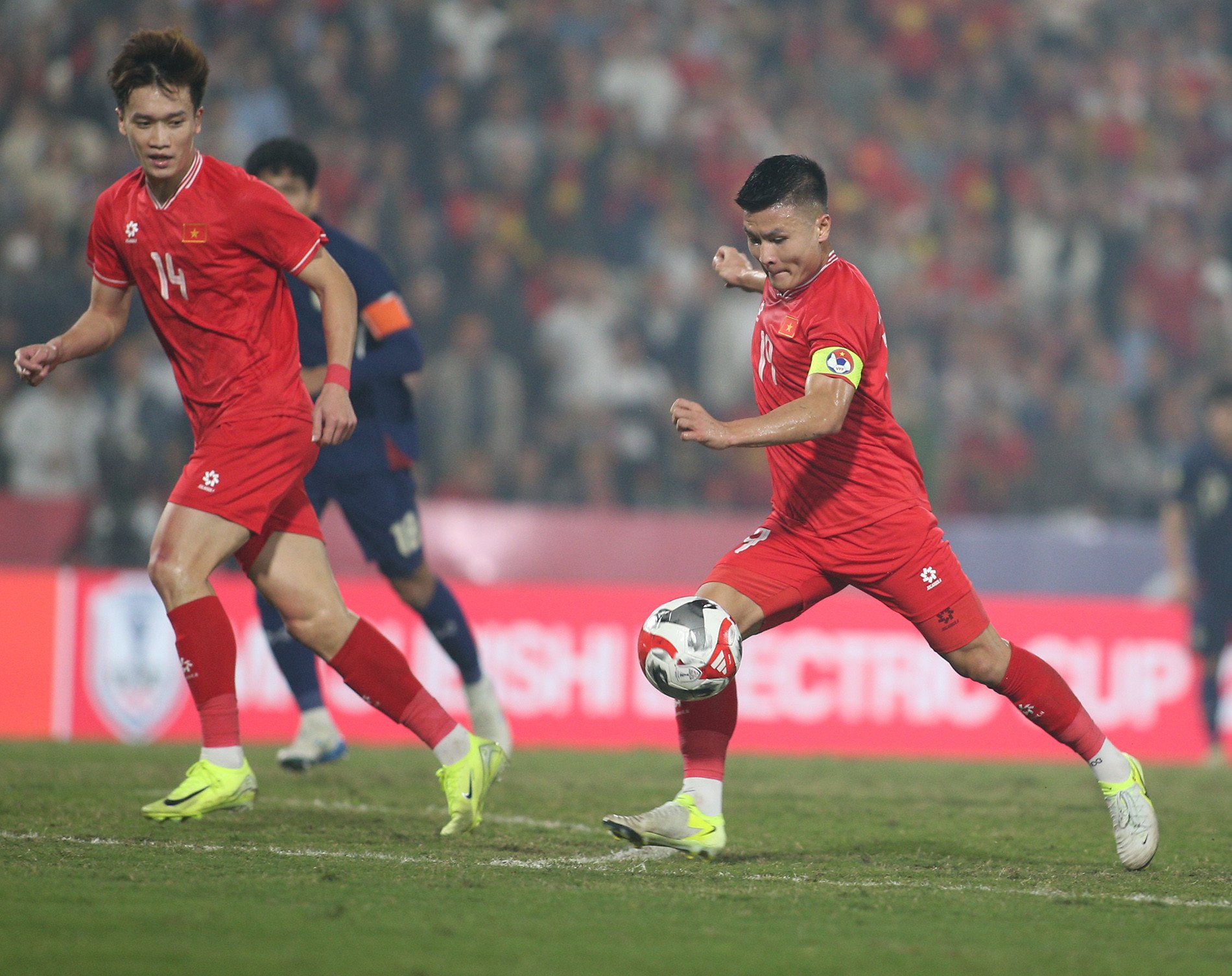

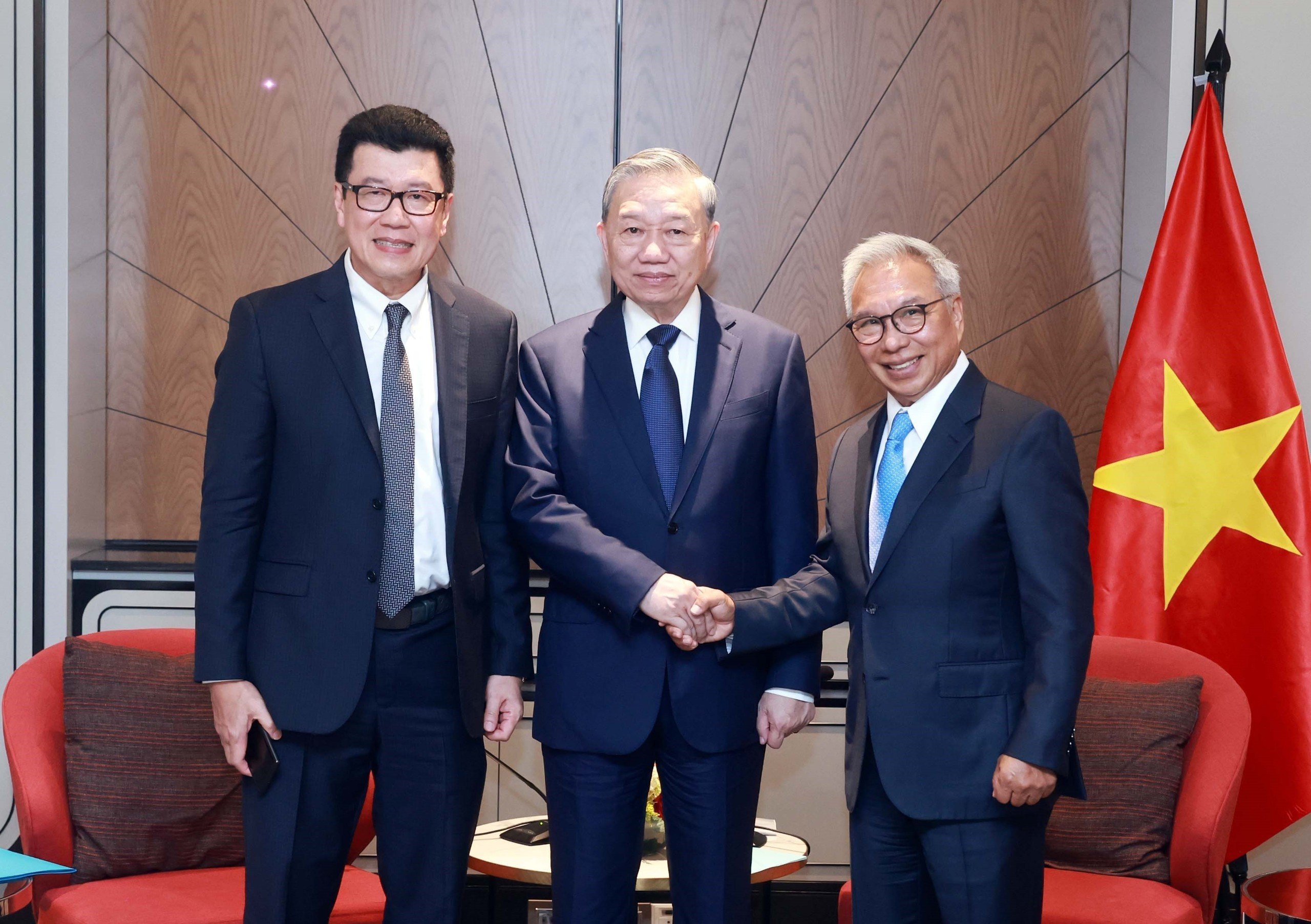

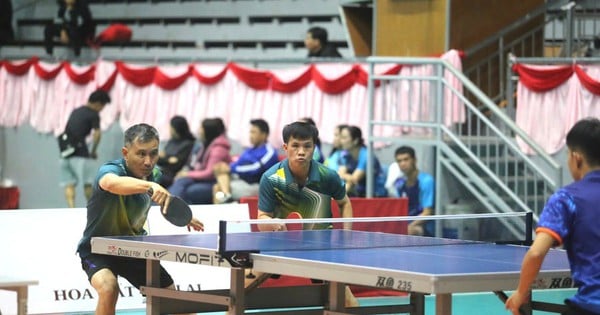

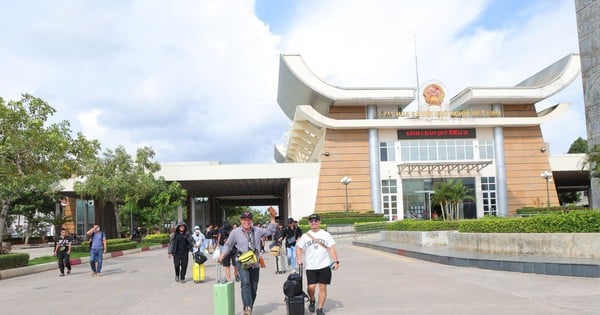
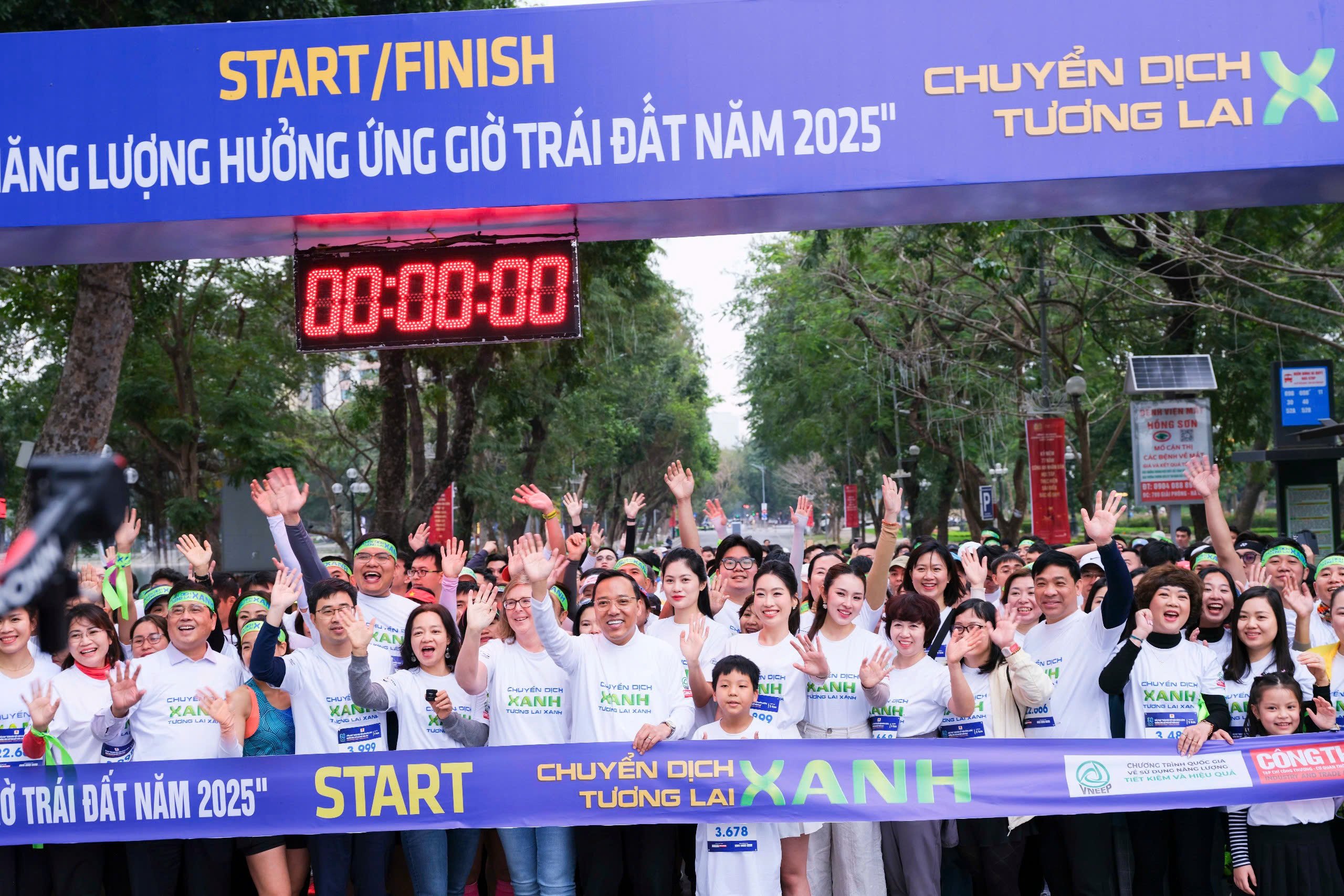





















Comment (0)